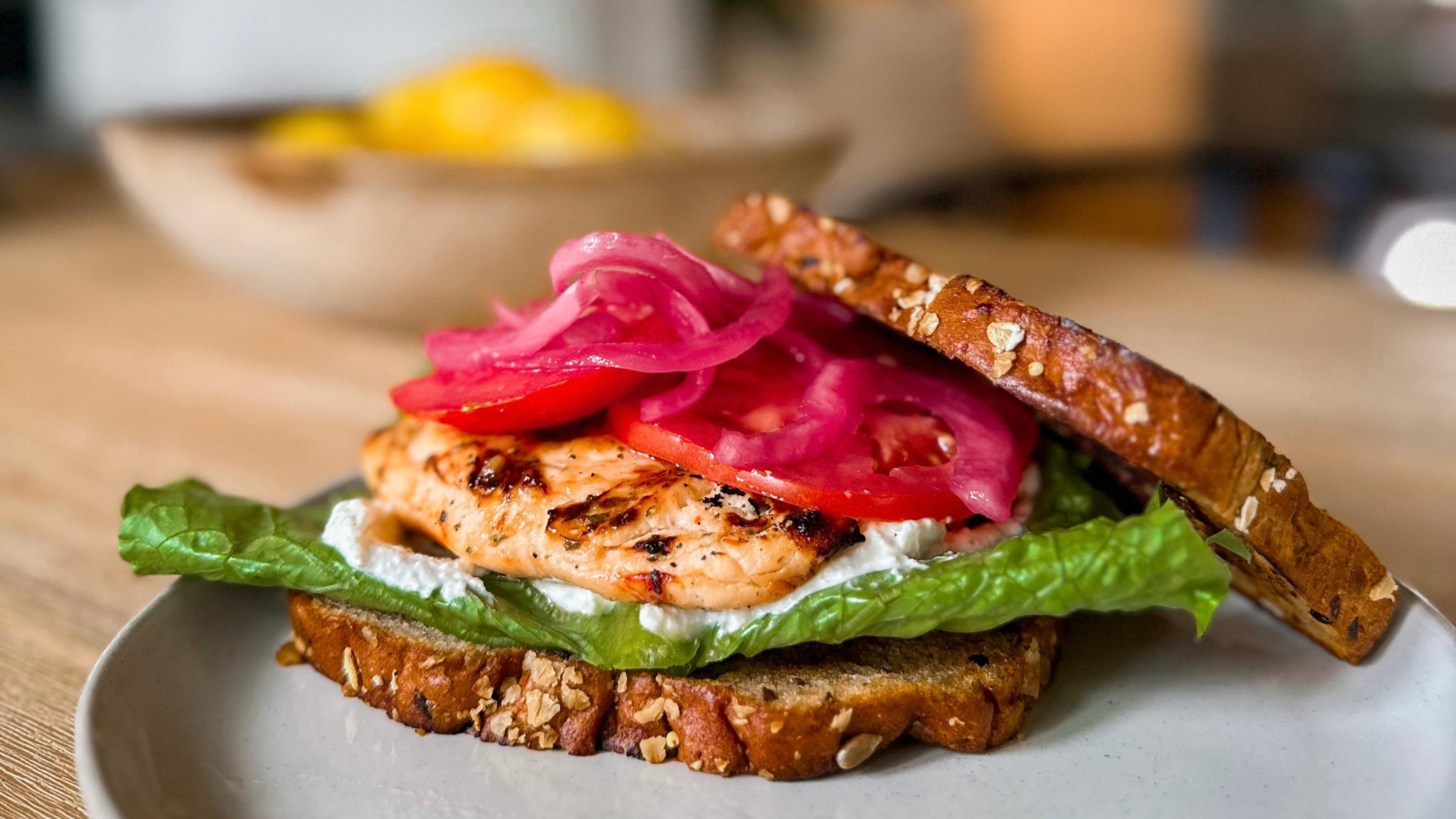From the Bog: A Look Inside the Michigan Cranberry Company

Julie Bitely
| 2 min read

While Michigan isn’t known as a powerhouse cranberry producer, the “state’s climate, soil, water availability, and processing infrastructure” could certainly support growth in the industry, according to a report from Michigan State University.
The Healthier Michigan team recently toured the Michigan Cranberry Company, the state’s largest producer of cranberries with 220 acres devoted to the crop, to find out how this antioxidant-rich fruit is grown and harvested.
Sharon and Wallace “Wally” Huggett planted cranberries on their Cheboygan-area farm in 1993 and harvested their first crop in 1998. Wally Huggett explained that cranberries take patience, requiring about five years to yield fruit.
The red berries are grown in bogs or marshes on vines that spread low to the ground. You might be familiar with images of cranberries floating in standing water, which isn’t exactly their natural state. They actually grow in well-drained fields, which are sometimes flooded when it’s time for harvest due to the natural buoyancy of cranberries. Wally Huggett said the irrigation of the cranberries is also extremely important to protect against frost damage.
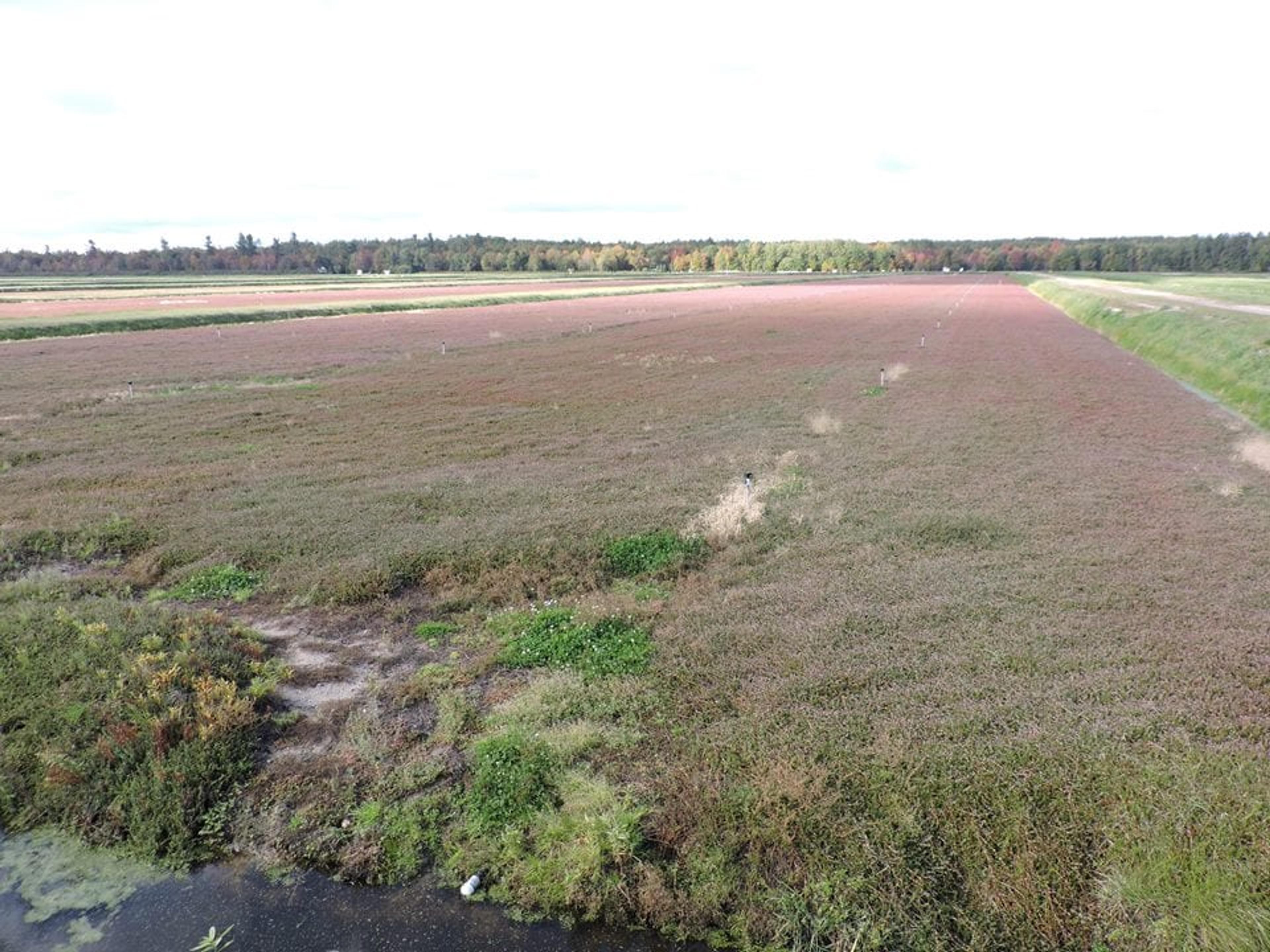
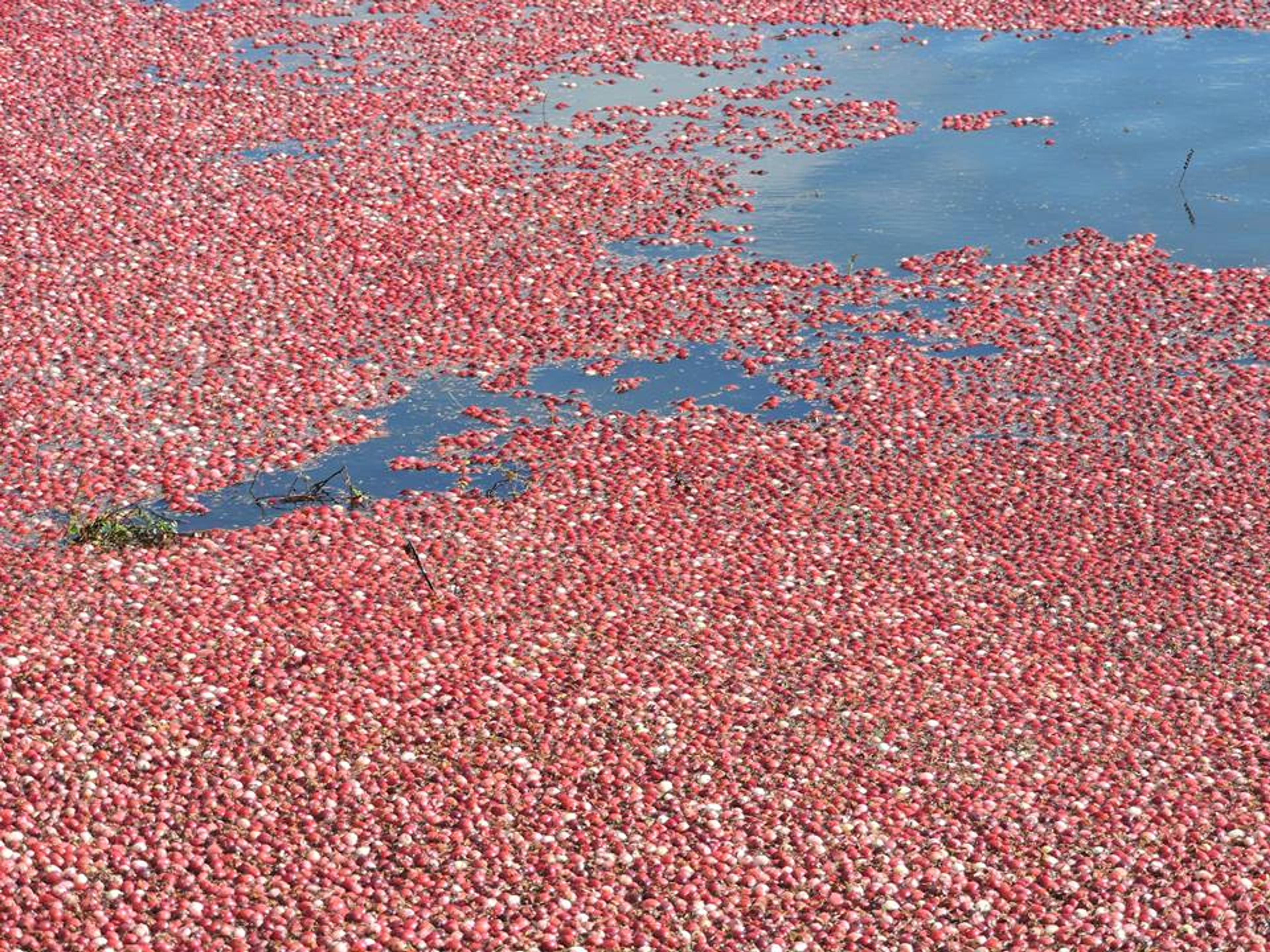
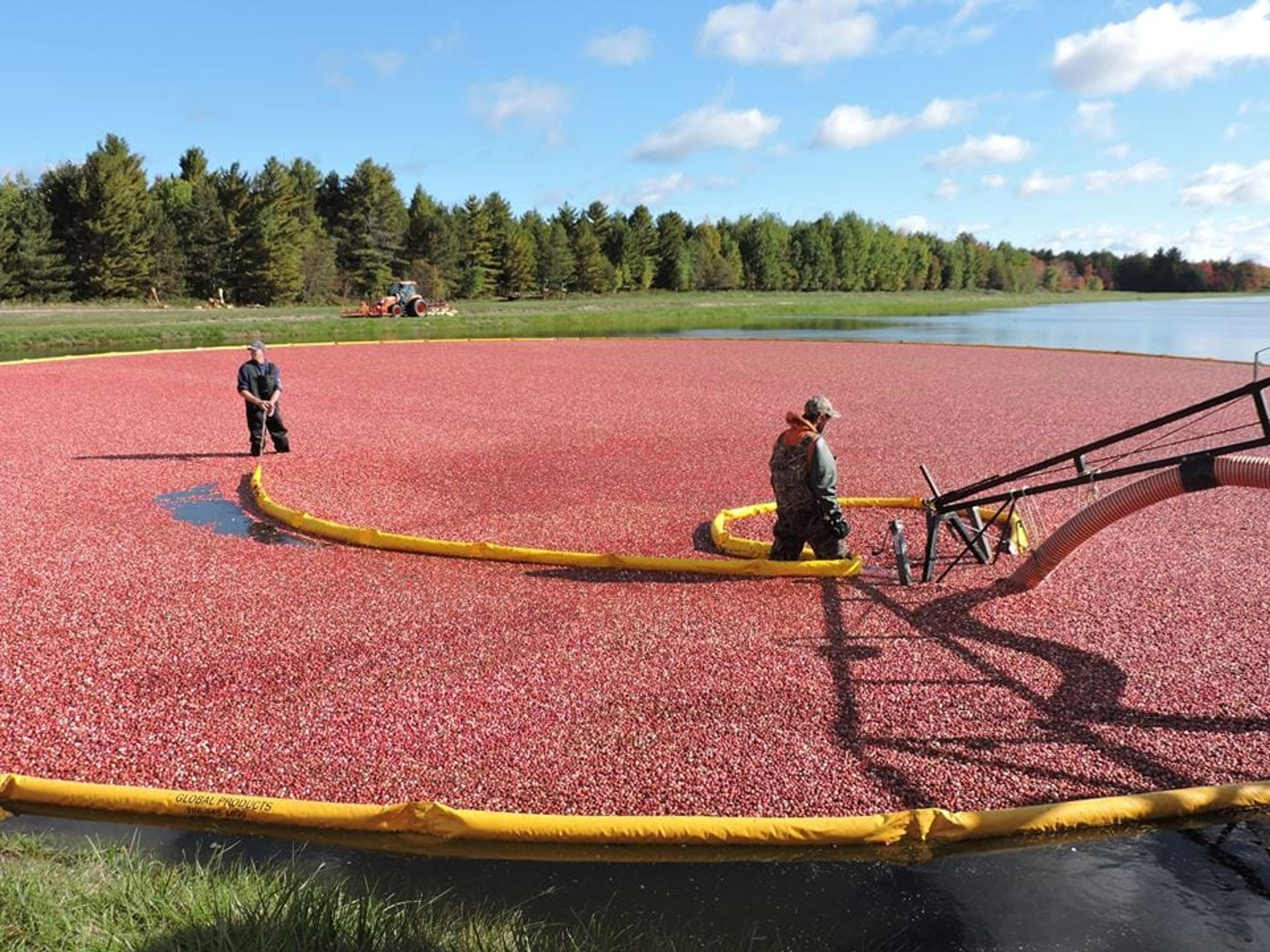
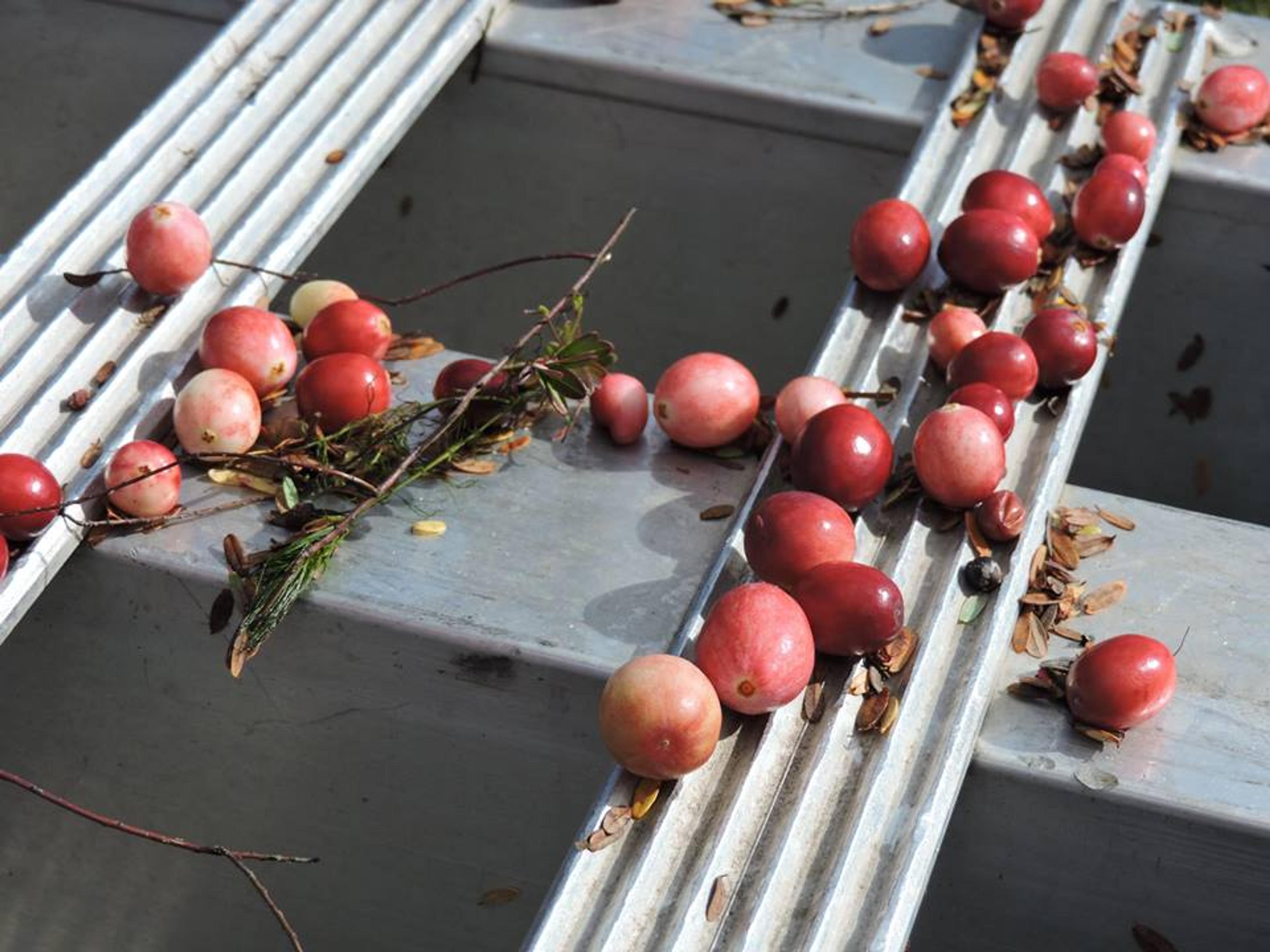
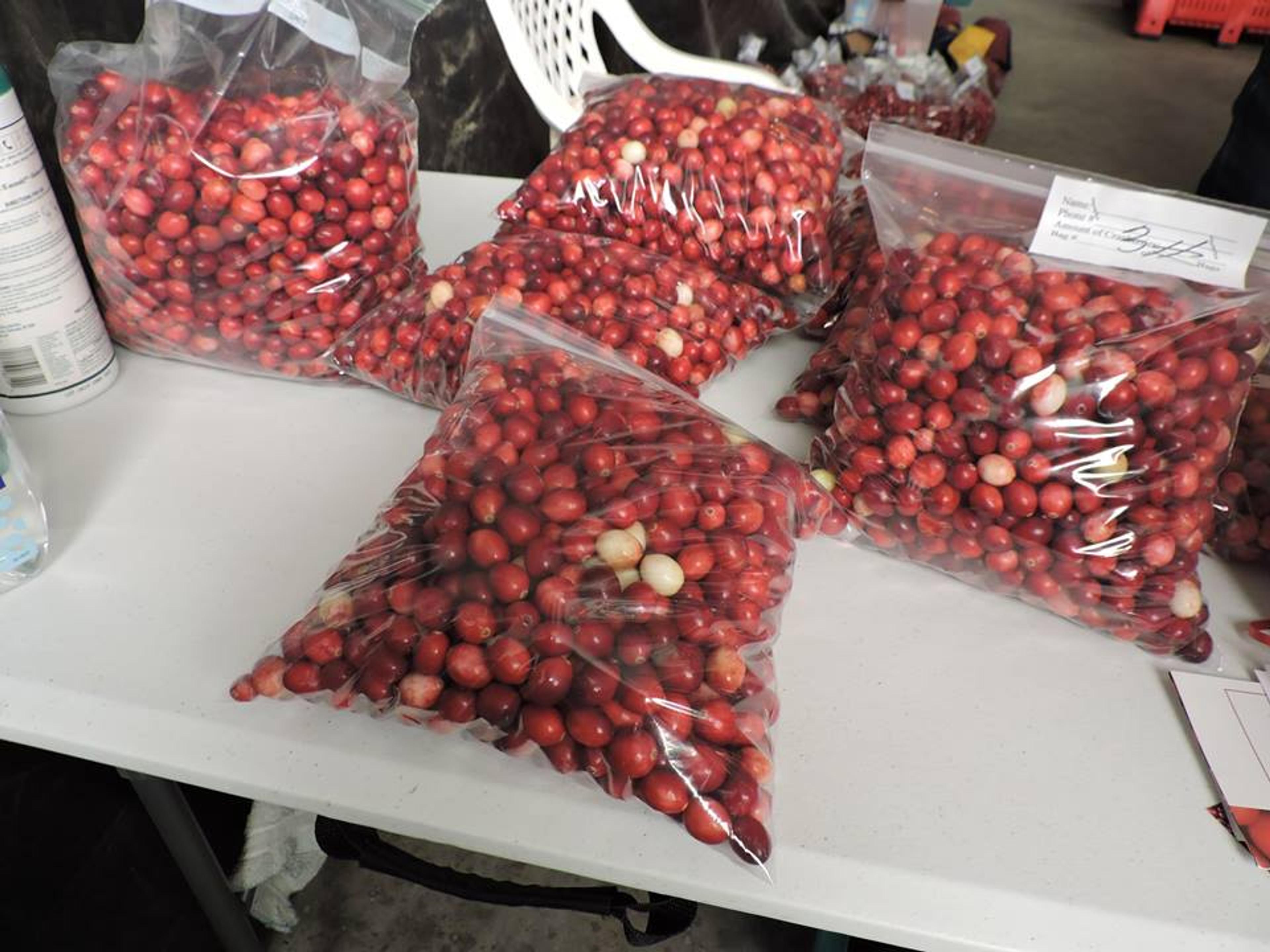
The Huggetts’ cranberry crop is harvested early October through mid-November. They grow four to five varieties and their 45 cranberry beds average about five acres apiece, with a total yield of three to six million pounds, depending on the season. Machines gather the flooded berries from the bogs, which are then cleaned and processed.
The Michigan Cranberry Company produces about three quarters of the state’s total cranberry crop.
According to the Michigan Department of Agriculture, “cranberries are grown on 280 acres throughout Michigan, including the Upper Peninsula, to the northern part of the Lower Peninsula, and down to Southwest Michigan.” Production is expected to increase in the coming years.
What’s your favorite way to enjoy Michigan cranberries? Tell us in the comments.
If you enjoyed this post, you might also enjoy:
Photo credit: Julie Bitely


